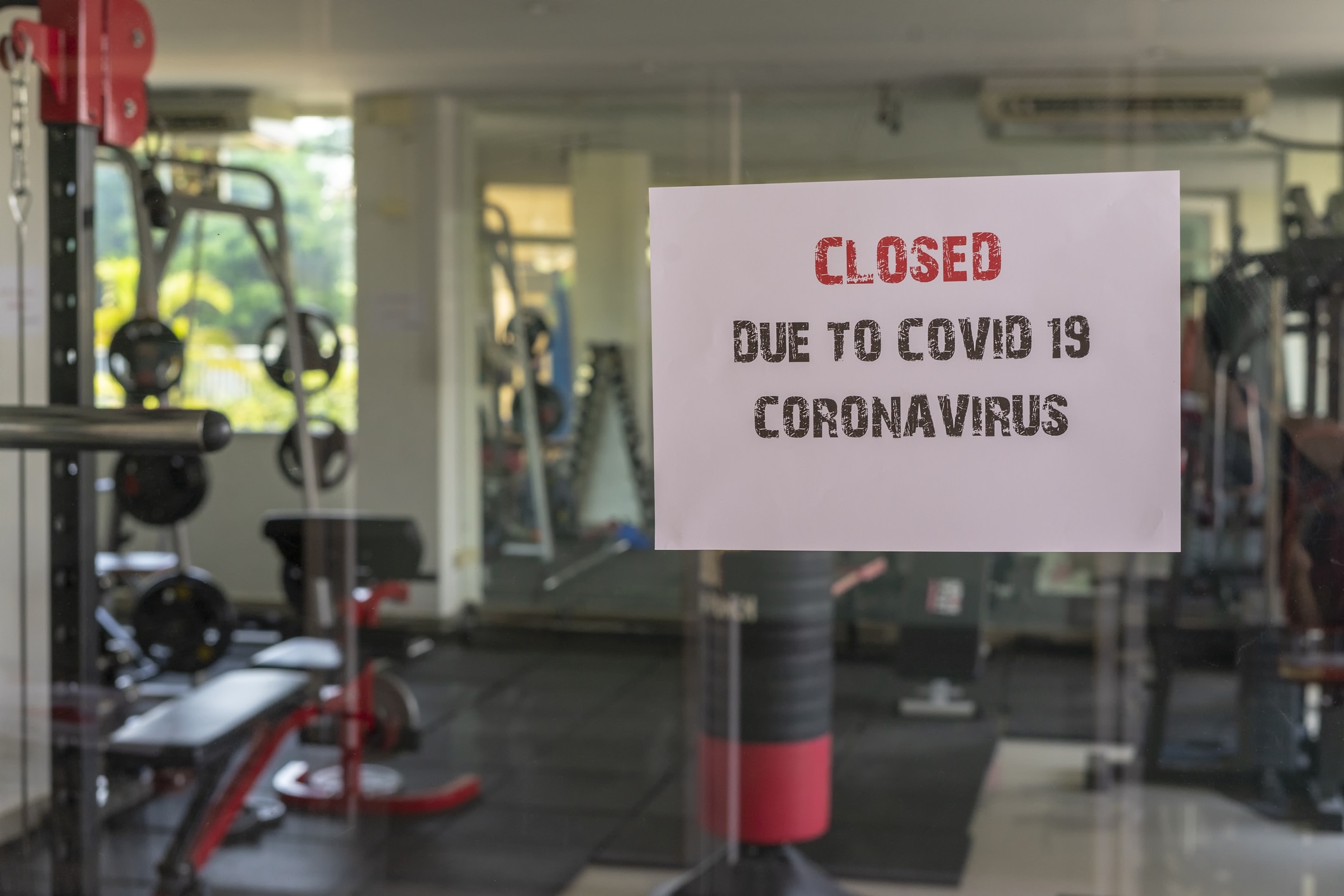The entire fitness and wellness industry has been necessarily adaptable during this time. Fitness is one of the most resilient industries as we’ve always been ready to incorporate new trends, adapting to what clients need and expect.
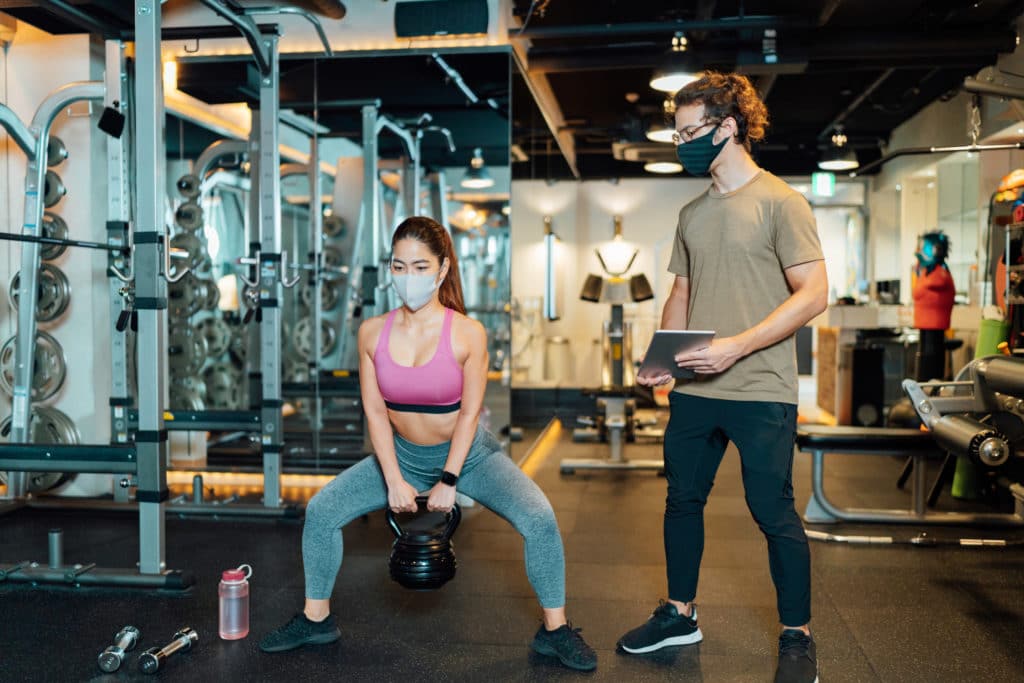
Within the first weeks of the stay-at-home orders, the fitness industry already had virtual group and private classes available from every gym, studio, and private instructor online. Other working solutions trainers have been utilizing include home visits, training at local parks, and retrofitting garages into small private gyms. Teaching through online platforms for charges or donations has been the most widely used tool to continue services and keep businesses afloat.
The online offerings from many commercial gyms and independent instructors have had incredible response from clients and I strongly believe that these virtual offerings will remain available even once fitness spaces can safely re-open. We will continue to see a hybrid model with fitness centers reducing their footprint and overhead expenses, as half of their classes will be available online. Hybrid fitness models will include smaller live classes in the studio and gym, along with pre-recorded or live sessions clients can join from online.
Pros of Online Classes:
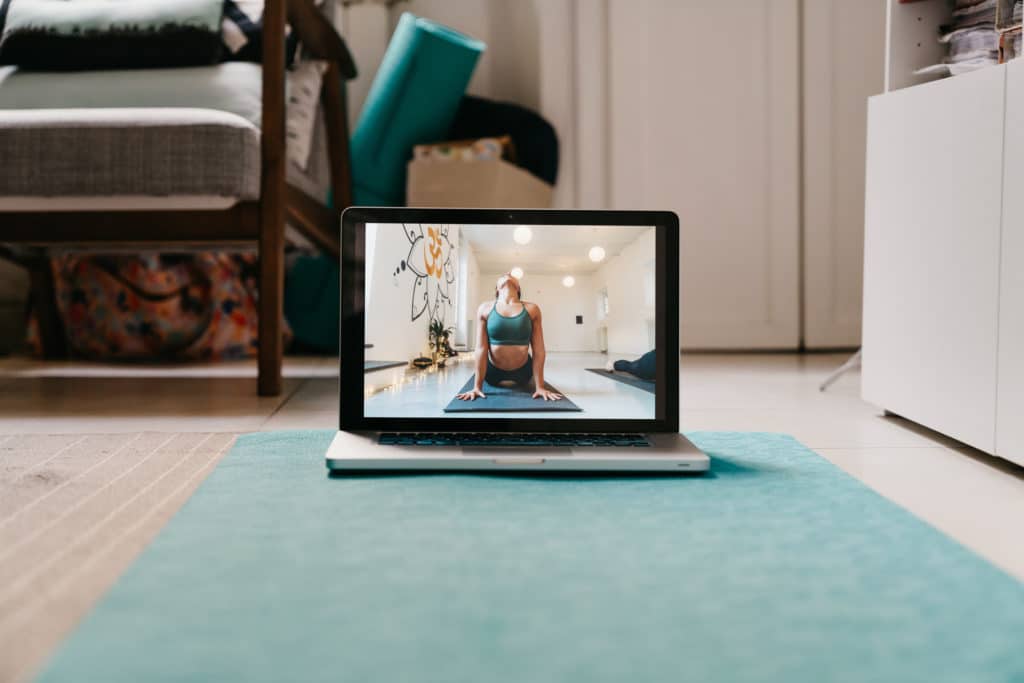
Convenience
Online offerings allow clients to get to a class even when they would otherwise have missed such as if a child is sick at home, if they are working late, or even if they are on a vacation. There is no commute time to get to class, only needing to turn on the screen!
Accessibility
Offering virtual classes also broadens accessibility. While we can’t be physically close in classes right now, our physical boundaries have expanded, allowing us to reach more classes we otherwise wouldn’t be able to reach. Classes that were once restricted to local clients are now available to a wider base. Gaga classes are now available from master teachers in New York and Tel Aviv to students all over the world. Master Pilates instructors are a click away. Box Union has created an entire at-home boxing network with heavy bags shipped to your house. Peloton, Nordic Track, Bowflex and other at-home equipment devices are in great demand as more people look for ways to continue working out at home. Many clients are even ordering Pilates reformers for their homes.
Working from Home Adaptability
At-home classes is the new trend as more companies announce work from home (WFH) for their employees through this upcoming year, some even announcing this indefinitely. As WFH becomes the new normal, movement professionals must adapt and expand skill sets. With an increase in remote work, clients are less likely to hit the gym before or after work along their commute home, as there is now no commute. As people workout at home we must learn to accommodate changes in available equipment (or lack thereof) and changes in habits becoming the new normal for fitness trends. Since fitness scheduling tends to follow the corporate structure, the traditional early morning and late evening sought-after time slots will become broadened throughout the day, with employees looking for a way to separate their work day from home life.
Cons of Online Classes:
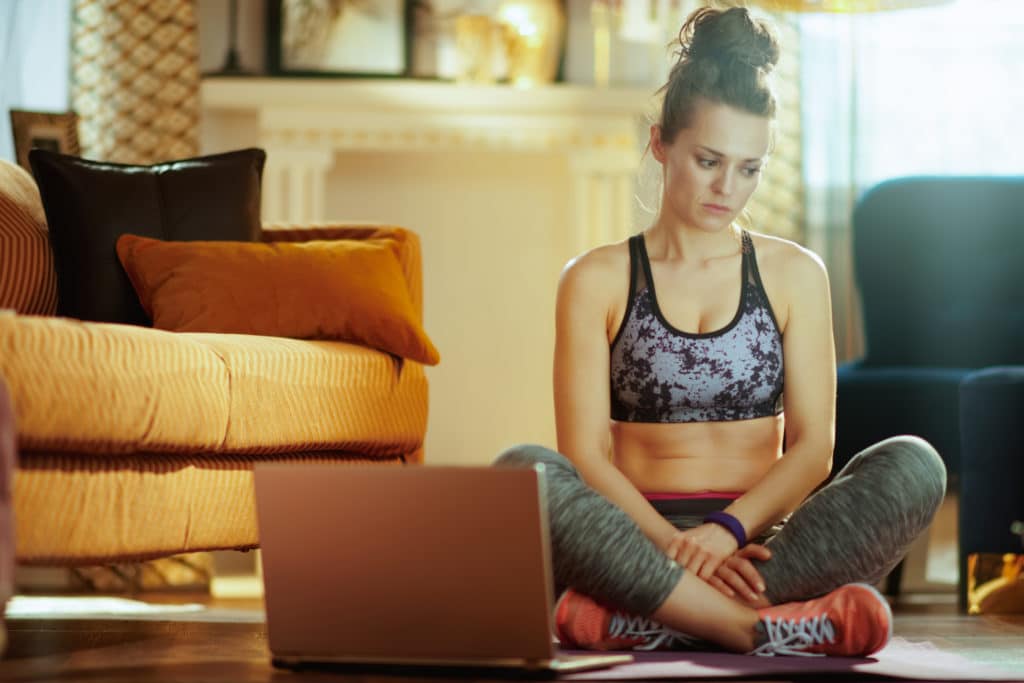
For some clients the online model will continue to be what they prefer even when our studio re-opens. For others, it doesn’t work for them to exercise at home where some have physical constraints needing physical assistance. Some clients are uncomfortable with technology and have a challenge setting up the screen and device properly, and are frustrated when the connection lags or the audio is choppy. Other clients don’t feel comfortable or motivated on their bedroom carpet with their kids calling at them from the room next door. Still, others haven’t yet tried the virtual sessions, believing that everything will return to normal soon, or that virtual sessions are not as effective as in-person sessions, even though research has been showing equal effectiveness for fitness and physical therapy whether online or in-person.
Moving Forward:
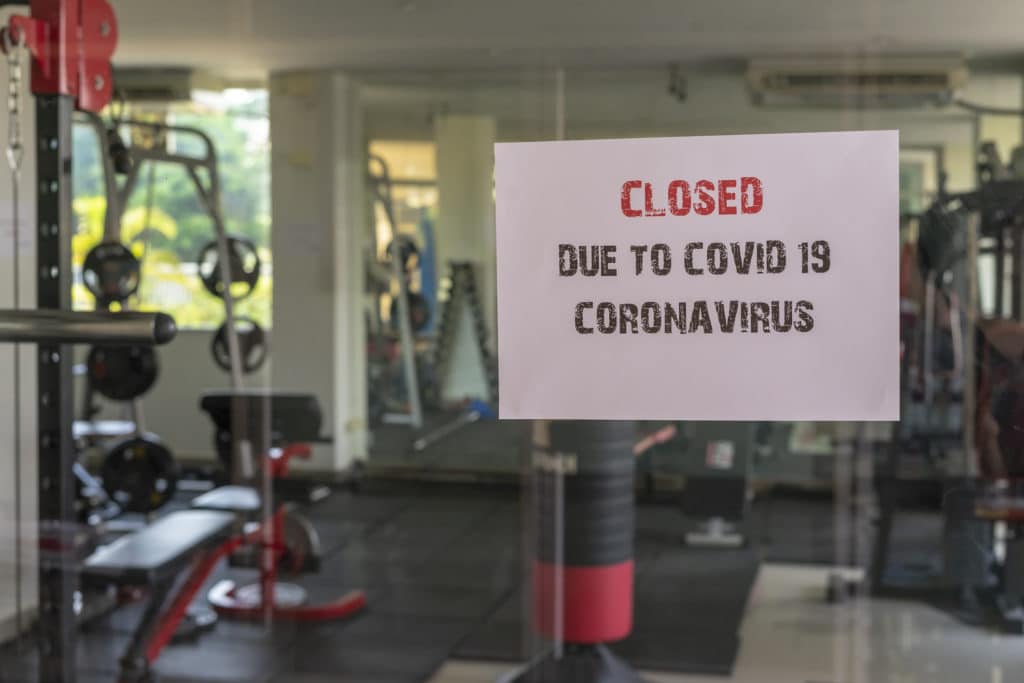
Most gyms are unprepared for figuring out how to safely re-open. Many boutique fitness studios and gyms will close permanently. Based on the research of respiratory particulates from the novel coronavirus, there is no safe way to exercise inside a gym until vaccines or medical therapeutics become more widely utilized. Various attempts at creating safer inside spaces have included clear workout pods for each individual, plastic sheeting creating tents with a personal set of weights and bands inside, and domes set up side by side for group yoga classes.
We will get back to normal eventually, but there will be lasting changes. I wouldn’t expect to be jumping back into packed-in group classes anytime soon. Gyms will have to limit the amount of people allowed in at any one time so gym-goers might have to reserve spots even to use the treadmills and weights. We will see less equipment that is more spaced out, significantly more sanitation stations, and some requirements of PPE whether it’s gloves, masks, or both. Physical distancing will be our new normal.

We will continue to see online classes expand with the hybrid model even once gyms re-open for in-person classes. For now, virtual classes are the most effective and safest way to continue gym and studio offerings, and we will see more exclusivity in fitness with reservation slots to workout in less-crowded gyms, outdoor classes and in-home options.
Fitness is an important part of our everyday lives. As we continue in this COVID normal, and even once we get back to a greater sense of normalcy, we will see the fitness industry continue to adapt in order to serve clients while promoting public health and wellness.

Davita Paul, MS, CES, NCPT
Corrective exercise specialist/Movement educator/Pilates instructor
MS in Kinesiology specializing in orthopedic rehabilitation corrective exercise. She focuses on chronic pain relief and improving physical and mental wellness through integrated movement modalities. Also the Director of Pilates at the Brentwood Country Club, founder of DavitaPilates, and created the Ergonomics in Motion system.

